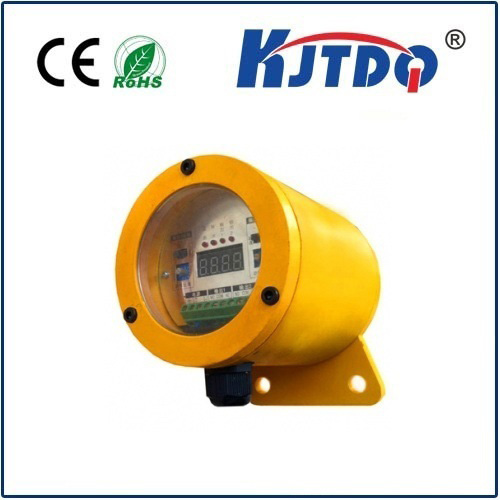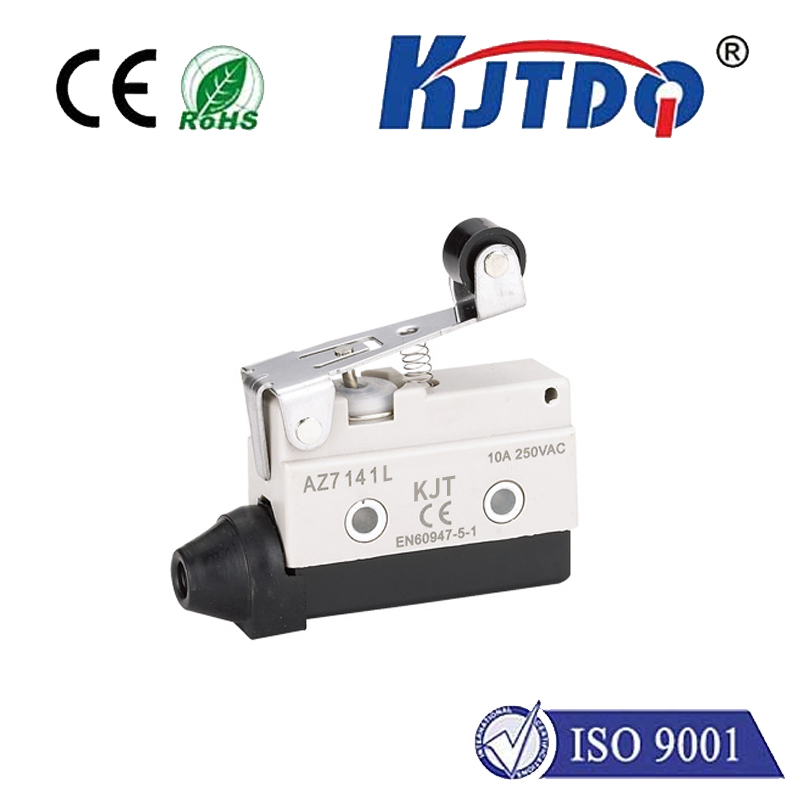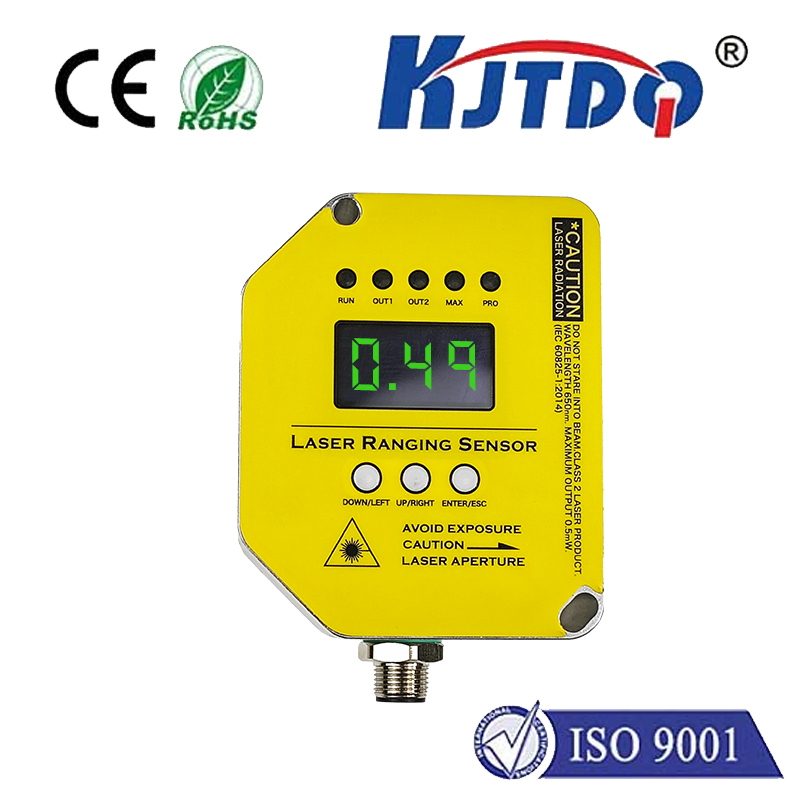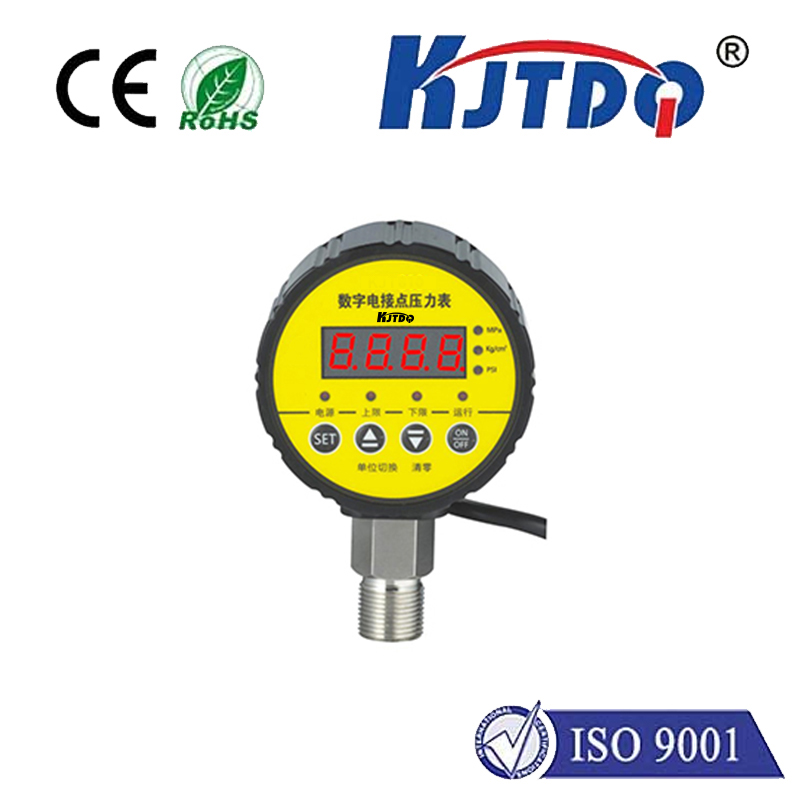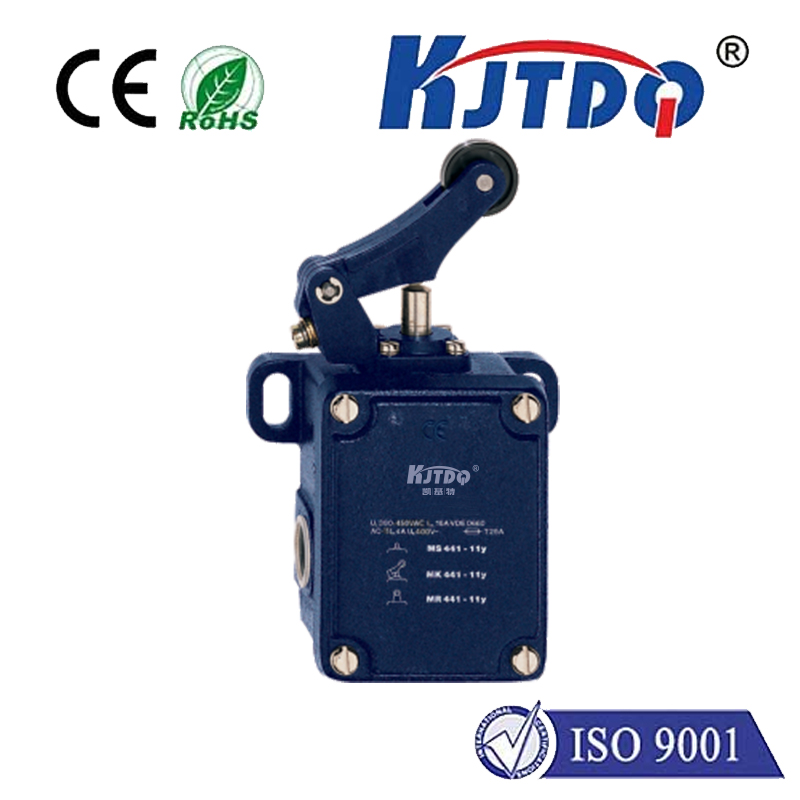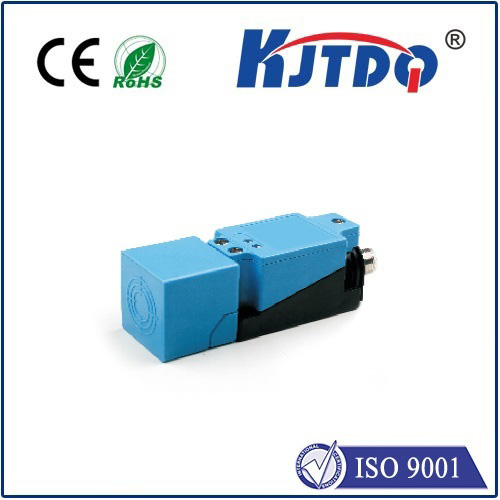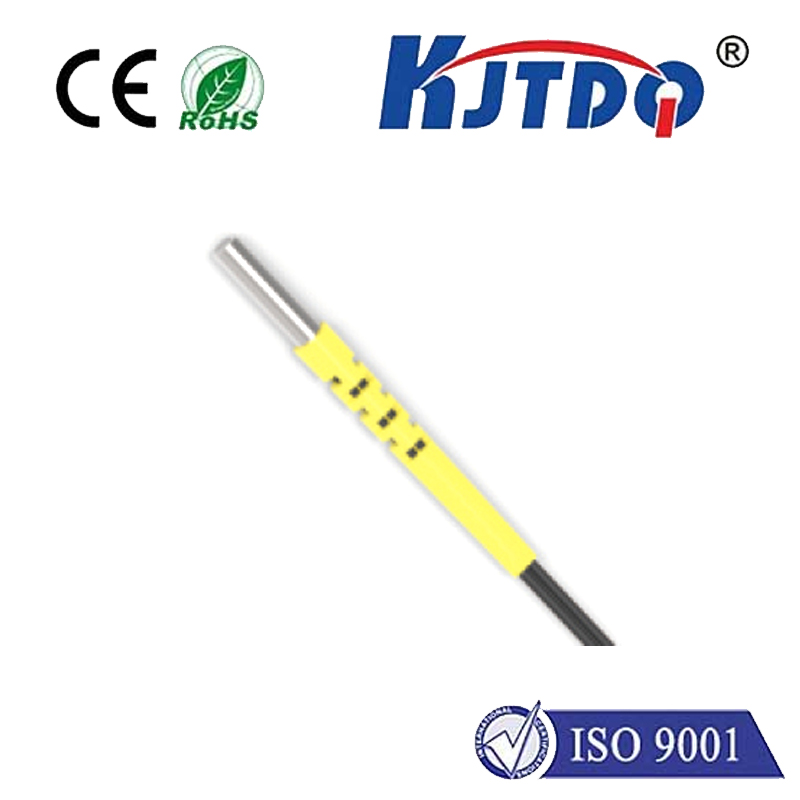E3FA-TN12 2M 24v photoelectric sensor
- time:2025-09-28 04:07:40
- Click:0
Unlock Efficiency: Your Guide to the E3FA-TN12 2M 24V Photoelectric Sensor
In the intricate dance of modern industrial automation, precise object detection isn’t just helpful – it’s fundamental. Machines need to see, reliably and instantaneously, whether a part is present, correctly positioned, or has reached the end of a conveyor. Among the unsung heroes enabling this vision are photoelectric sensors, and the E3FA-TN12 2M 24V model stands out as a robust, versatile performer in countless applications. If your operations demand dependable presence sensing over a moderate distance within standard voltage environments, understanding this sensor is key to optimizing your processes.
What Problem Does the E3FA-TN12 Solve?
Imagine a bottling line. Bottles whizzing by must be counted accurately. A packaging machine needs to know precisely when a box is fully loaded to trigger sealing. A robotic arm requires confirmation that a component is in the correct pick-up location. Failure in these detections leads to costly jams, misalignments, defective products, and unplanned downtime. Manual checks are slow, inconsistent, and impractical. This is where the E3FA-TN12 2M 24V shines. It provides non-contact, rapid, and highly reliable detection of objects (presence, absence, positioning) within its 2-meter (2M) range using a beam of light, operating effortlessly on common 24V DC industrial power.
Core Applications: Where This Sensor Excels

The versatility of this photoelectric sensor makes it suitable across diverse sectors:
- Manufacturing & Assembly: Detecting parts on moving lines, verifying component presence before assembly, triggering robotic actions, monitoring bin levels.
- Packaging: Confirming case presence at filling stations, detecting labels on webs, counting packages entering or leaving a station.
- Material Handling: Monitoring conveyor belt loads, detecting objects at transfer points, confirming pallet positioning, verifying tray presence in automated systems.
- Automotive: Sensing parts on sub-assembly lines, confirming robot tooling gripping points, detecting vehicle presence in process stages.
- Food & Beverage: Counting bottles, cans, or packages, verifying cap placement, detecting filled containers.
The E3FA-TN12’s Diffuse-reflective model (signified by the “TN” in the model number) is particularly advantageous. It combines the emitter and receiver in a single housing. The sensor detects objects when they reflect its emitted light beam back to the receiver. This simplifies installation compared to through-beam sensors (which require separate emitter and receiver units) because alignment is only needed on one side of the object path. Its 2M sensing distance offers a practical range for many common applications without needing the greater ranges (and often higher cost) of long-range models.
Decoding the Model: Key Technical Specifications
- Family & Type (E3FA): Indicates this sensor belongs to Omron’s E3FA series, a range known for reliable through-beam, retro-reflective, and diffuse-reflective photoelectric sensors.
- Sensing Method (TN): Diffuse-reflective model. Works by detecting light reflected directly off the target object. Sensitivity depends on the target’s size, color, and reflectivity.
- Sensing Distance (12): While nuanced within the Omron naming convention, “12” typically signifies a mid-range sensor. Crucially, the model “2M” explicitly defines the standard sensing distance as 2 meters (approx. 79 inches) on a standard white test object. This range is a core differentiator.
- Output Configuration (Implicit/Datasheet): The standard E3FA-TN12 version commonly features an NPN output (sinking output). This is compatible with a vast majority of Programmable Logic Controllers (PLCs) and other industrial control systems using DC sinking input cards.
- Supply Voltage (24V): Designed to operate on 24V DC, the de facto standard voltage level for industrial control systems and machinery. This ensures easy integration without needing special power supplies.
Key Features & Benefits: Why Choose This Sensor?
- Robust 2-Meter Detection: The 2M range provides ample coverage for many detection points on conveyor lines, machinery guarding points, or part presence verification stations where longer ranges aren’t necessary but typical proximity sensor ranges are insufficient.
- Standard 24V DC Operation: Seamless integration into existing industrial control panels and machinery wiring is a major advantage, reducing complexity.
- NPN Output Compatibility: Widely compatible with PLC inputs and industrial controllers, offering straightforward reliable signal transmission.
- Compact & Durable Design: Typically housed in rugged plastic or metal, these sensors are built for the harsh realities of factory environments. Look for ratings like IP67 (Ingress Protection 67), meaning it’s dust-tight and capable of withstanding immersion in water up to 1 meter for 30 minutes. This ensures longevity and consistent performance even near washdowns or in dusty conditions.
- Environmental Resistance: Engineered to withstand common industrial challenges like vibration, moderate temperature fluctuations, and exposure to minor dust and moisture.
- LED Indicators: Built-in status LEDs provide clear visual feedback on power (Power ON) and operational state (Light ON/Dark ON) for easy setup and troubleshooting.
- Ease of Mounting & Alignment: Designed with standardized mounting options (brackets often available) and clear optical axis indicators, facilitating quick installation and adjustment.
Essential Technical Considerations
- Operating Voltage Range: Verify the exact range (e.g., 12-24V DC ±10%) in the sensor’s datasheet.
- Load Current: Understand the maximum current the NPN output transistor can handle (e.g., 100mA) to ensure compatibility with your connected load (e.g., PLC input).
- Response Time: How quickly the sensor reacts (e.g., 1ms ON/OFF). Crucial for high-speed applications.
- Hysteresis: The difference between the ON and OFF points. Prevents output chattering when objects are near the detection threshold.
- Connection Type: Typically features a cable (e.g., 2m PVC cable) or connector option (e.g., M8 connector). The “2M” in the model name specifies the sensing distance, not the cable length. Cable length is a separate specification.
- Light Source: Usually an infrared or visible red LED. Infrared offers better resistance to ambient light interference but is invisible. Visible red aids alignment.
- Special Functions: While the base E3FA-TN12 is straightforward, some variants might offer features like teach-in capabilities (for sensitivity setting) or IO-Link communication for diagnostics and parameterization. Always check the specific datasheet.
Bringing Precision to Your Operations
The E3FA-TN12 2M 24V photoelectric sensor represents an optimal blend of proven technology, sufficient range (2M), robustness (IP67), and ease of integration (24V DC, NPN output). Its **diffuse-reflective sensing method












